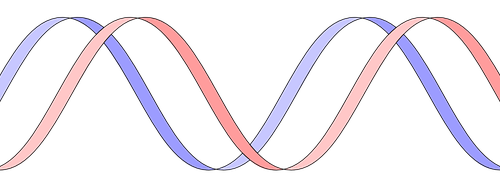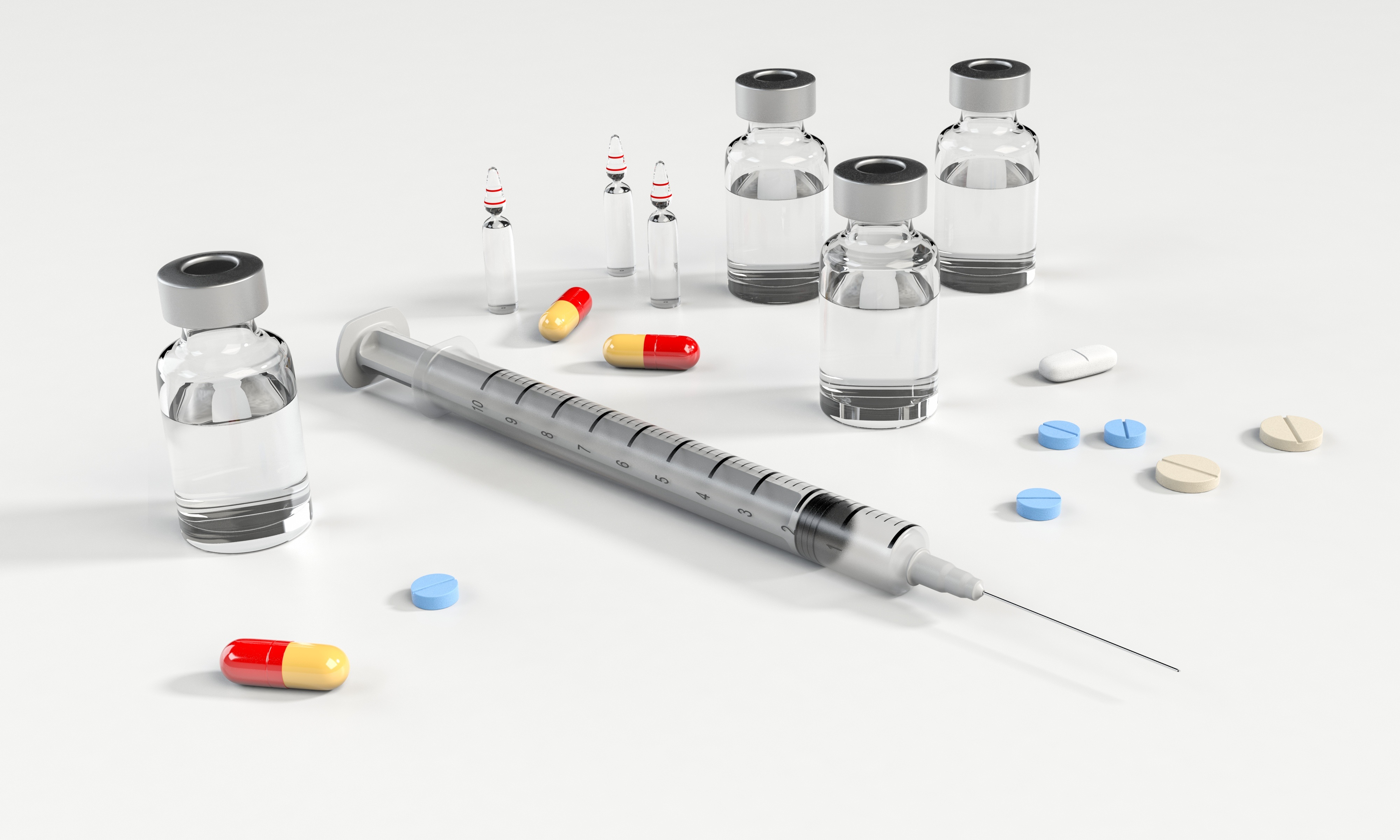Chinese Patent Law has an interesting provision that specifically prohibits patent protection on “illegal” or “immoral” inventions. What does this mean, exactly? According to Article 5.1 of the Chinese Patent Law, “no patent shall be granted for an invention that contravenes any law or social moral or that is detrimental to public interests.”
On its face, this provision seems extremely broad, undefined, and potentially very subjective. Whose moral standard? And how do you define “detrimental”? Because details of litigations are not always publicly available in China, we only have limited examples by which we can understand how Chinese courts and examiners interpret and apply this language. Below we highlight one recent example where a patent examiner in China relied upon this rarely used provision in a rejection.
Case Background
The invention itself relates to a composition that can treat (e.g., reverse, alleviate, ameliorate, prevent, etc.) a certain disease. This composition may also be used as a health food and the like. These concepts are clearly stated in the claims and the specification.
In the First Office Action the Examiner issued the following rejection:
- It is stipulated in Article 71 of the Food Safety Law of the People’s Republic of China (Food Safety Law) that labels and instructions of food and food additives shall not contain false information, nor shall they claim the function of disease prevention or treatment.
- It is stipulated in Article 78 that labels and instructions of health food shall not claim the function of disease prevention or treatment.
- It is stipulated in Article 150 that “food” means various finished products and materials that are suitable for humans to eat or drink, as well as substances traditionally considered as both food and Chinese Medicine, excluding substances used solely for treatment purposes.
- It can be seen therefrom that the present application discloses food and health food for preventing or treating diseases, which violates the provisions of the Food Safety Law, is detrimental to public interest, and falls within the scope of unpatentable subject matter (i.e. patent ineligible subject matter) under Article 5.1 of the Patent Law.
In a Second Office Action, the Examiner appeared to have withdrawn the rejection against the claims based on the above-mentioned grounds but still insisted on the rejection under Article 5.1 against the specification based on a similar analysis as that in the First Office Action.
Interpretation
Article 5.1 of the Patent Law states “[n]o patent shall be granted for an invention that contravenes any law or social moral or that is detrimental to public interests.” When asked about the unusual rejection, the Examiner explained that the Chinese Patent Office had recently adjusted certain internal guidelines and encouraged Examiners to raise rejections under Article 5.1 if applications included content that obviously violated any existing laws.
According to the definitions in the Food Safety Law, the Examiner alleged that the claimed invention does involve materials that can be used as both medicine and food. According to the Examiner, any use of a composition as a food must be strictly separated from any medicinal use. As such, any statements that a composition is a food and can treat or prevent disease violates the Food Safety Law.
Many related applications are expected to receive similar rejections.
Thoughts
Article 5.1 of The Chinese Patent Law and its requirement in the Examination Guidelines are not new. However, this case demonstrates the stricter practical standards that seem to be playing out recently.
Excessive Interpretation
First, we think the Examiner is excessively interpreting the law to include patent applications under the definition of a “label” or “instruction” as recited in Article 71 of the Food Safety Law. Food labels or instructions should be understood to be “materials used with the packaging and sales of food products”. A patent document would never be “packaged” together with food. Interpreting otherwise leads us down a slippery slope towards absurd results.
Should a popular magazine article teaching that certain compositions are useful as both medicine and food be banned? What about fruits or vegetables, some of which are known to alleviate certain medical conditions? After all, any actual, deliberate use of patent documents as labels or instructions (however improbable) would still be regulated by the Food Safety Law. As such, there is no need to further involve patent law or patent prosecution.
Inherent and Indivisible Features
Second, certain features of a product are inherently indivisible, and thus separating out certain subset features from patent claims does not make much sense. In a patent, the claims define the scope of protection surrounding the claimed invention. In this case, the claims covered both a certain composition and a “functional food” comprising the composition. It is commonly understood in the field that this type of composition can be used as both medicine and as food. The specification clearly describes the medicinal effects of the composition. It is unfair to request the applicant to limit the claims to only one of the medicinal or food effects, especially if the composition can indeed be used for both. Can the applicant file a divisional and pursue the other set of claims? If so, then artificially requiring the applicant to obtain two separate patents because of food safety laws seems silly, at best, and unfair at most.
Third, taking one step back, even if use claims deserve special attention, the CNIPA should not require rigid “splitting” of inventions relating to medicine/food materials since such uses are inherent and indivisible. As long as there is no false content, the law should not be over-interpreted to find “wrongdoing” where none exists.
The Future is Unclear
In areas relating to personal safety and health (e.g., food, medicine, and cosmetics), it is still unclear whether this new overly strict standard will swing back after an initial adaptation period, or whether it will remain. It is also uncertain whether such standards will extend to other hot key areas (such as, for example, face recognition).
Technically, Article 5.1 applies to any existing law, not just food safety laws. However, at least for now, the current understanding does not seem to include the implementation rules, judicial interpretations, nor judicial regulations.
We will continue to monitor the progress in this area.
About the Authors

Yolanda Wang is a Principal, Chinese Patent Attorney, and Chinese Patent Litigator at Eagle IP, a Boutique Patent Firm with offices in Hong Kong, Shenzhen, and Macau.

Jennifer Che, J.D. is Vice President and Principal at Eagle IP, a Boutique Patent Firm with offices in Hong Kong, Shenzhen, and Macau.
This article is for general informational purposes only and should not be considered legal advice or a legal opinion on a specific set of facts.





